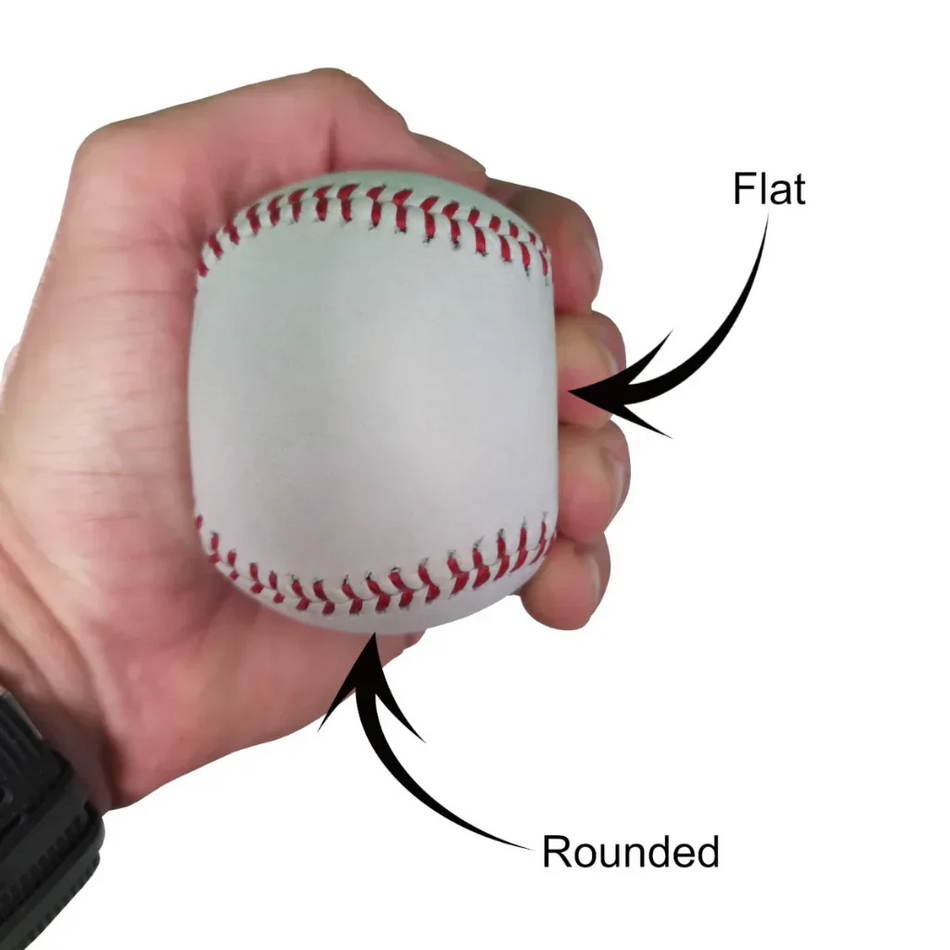The majority of elite athletes today train using methods which simulate the vigor their bodies will be exerting during competition. The reason for this is due to a realization by top athletes and trainers that peak performance can only be achieved by fine tuning the bodily processes which control their ability to perform. Success in many sports requires brief but maximal effort: a baseball swing, throwing a pitch, a 100 meter sprint, the long jump, and nearly every person involved on the football field once the ball is snapped.
An athlete's energy system is the mechanism controlling the amount of power and explosiveness produced when an athlete calls upon his body to give its utmost effort. The great thing about an energy system is that it can be enhanced when properly trained. Now a little background on the body's energy systems:
Energy is required for all kinds of bodily movements and a molecule called adenosine triphosphate, or ATP for short, is responsible for this energy which controls muscle contraction. Now let me say this, I am not about to go into a lengthy biological dissertation on the facets of how ATP transports chemical energy within cells for metabolism. The important thing to ask is how can we use this biological process to our benefit when training athletes. I think to answer this question you must first know the three types of energy systems from which your body derives ATP for energy.
The first system that supplies immediate energy to the body is called ATP-PCr. This system is anaerobic (operates without oxygen) and during the first 5 seconds of exercise this system is relied upon exclusively. The energy from this system comes from ATP stored in the muscles. The ATP-PCr system can sustain all-out exercise for up to 15 seconds due to the limited amount stored. When using this system the body has the greatest potential rate for power output. This is the most important system for any sports that require the brief but maximal effort I mentioned earlier.
After around 10 seconds of exercise an athlete's body begins to use an increasing amount of energy from the glycolytic system while at the same time the amount of energy originating from the ATP system decreases. Energy in this system comes from a breakdown of glucose stored in the muscle. After 30 seconds of sustained activity this is the sole source of energy.If activity continues to 45 seconds the body begins to rely on the oxidative system. This is the important system for long distance and long duration sports such as marathon runners or long distance swimmers. The oxidative system can derive its energy production from several origins but the key to this system is that it involves the breakdown of fatty acids which require more oxygen for their combustion into ATP energy. Hence, most athletes who rely on the oxidative system are much leaner because their primary source of energy comes from burning fat cells (picture a marathoner).
Explosive movements such as sprinting, jumping, throwing, or swinging require ATP (energy) at much faster rates and because of this are supplied via the faster anaerobic pathways. However, this cannot continue indefinitely as the stores of ATP become depleted and muscles become fatigued at which point the body switches to the slower aerobic pathways to replenish the ATP. Because the muscles are being supplied with energy less quickly they are forced to slow down and this is why explosive movements cannot continue without resting.
Below is a chart of sports/activities and an estimate of the percentage in which each energy system is used by the athletes competing. It is quite obvious that the shorter duration activities that require more explosion are the ones which use the most ATP and glycogen system while the longer duration activities rely more on the oxidative system. Specifically look at the golf swing which we can conclude is very similar in energy consumption to a baseball swing and pitch.

With that being said, there are ways to enhance the ATP system so that an athlete has more explosive capability. If you train the system it is possible to create more ATP stores in the muscle for immediate use as well as shorten the system's recovery time before ATP is restored in the muscle.
Check back in a few days as I focus on the ways to specifically enhance an athlete's explosive ATP system. From agility warm ups, to conditioning, it's possible to target this system and help your athletes develop in ways that will enhance their performance capabilities.
Brian Oates
twitter: @oatesspecialty
Email: brian@oatesspecialties.com
Chart Credit - http://resource.download.wjec.co.uk.s3.amazonaws.com/vtc/2015-16/15-16_30/eng/02-during-the-game/Unit2-energy-systems-and-their-application .html














































